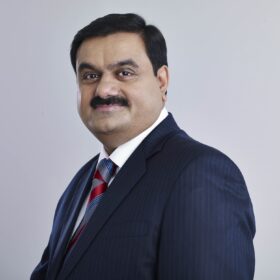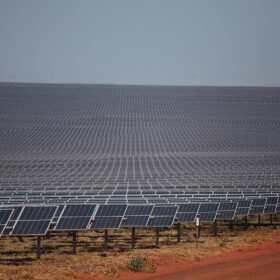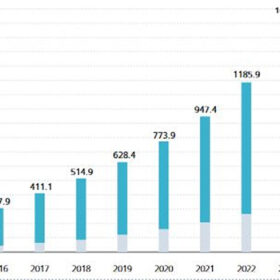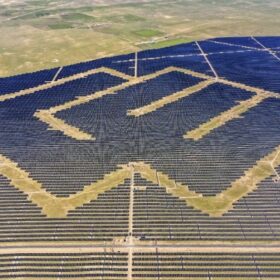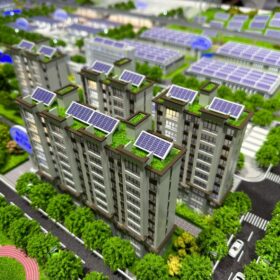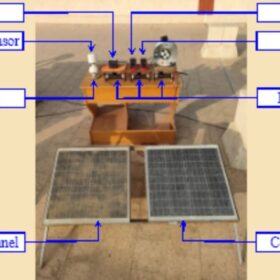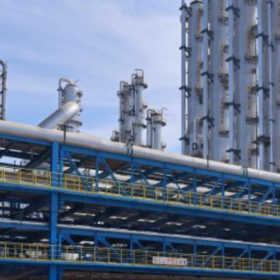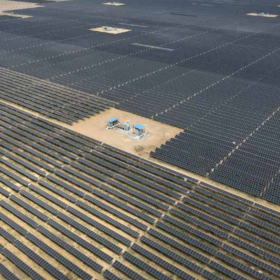Adani Group to invest $10 billion in US energy, infrastructure projects
Adani Group chairman Gautam Adani said this week the Group will invest $10 billion in US energy security and infrastructure projects, creating up to 15,000 jobs in America.
Global installed PV capacity tops 2 TW
The Global Solar Council says global installed photovoltaic capacity has surpassed 2 TW. The organization says an additional 4 TW of solar capacity will likely be deployed by 2030.
NTPC Green sets the price band for its INR 10,000 crore public issue
NTPC Green Energy intends to utilize the net proceeds from the fresh issuance to the extent of INR 7,500 crore for repayment/prepayment, in full or in part, of certain outstanding borrowings availed by its wholly owned subsidiary, NTPC Renewable Energy Ltd (NREL). The balance will go towards general corporate purposes.
2024 PV Trends: Global growth and challenges
Amid a backdrop of massive installations and evolving metrics, IEA-PVPS 2024 “Trends Report” encapsulates significant shifts in photovoltaic deployment across the globe, reflecting PV’s evolving role in energy systems and underscoring its capacity to meet global demands. The association explores the trends identified in the report, noting the milestones, regional dynamics, and the implications of increased PV penetration in energy grids worldwide.
World’s second-largest solar plant goes online in China
CHN Energy has connected the 3 GW Mengxi Lanhai solar facility to the grid after 14 months of construction. The project in Ordos, Inner Mongolia, required a total investment of approximately CNY 12 billion ($1.6 billion).
Nepal allocates 960 MW in PV tender with lowest bid of $0.037/kWh
The Nepalese authorities had originally planned to allocate 800 MW of PV capacity through the procurement exercise. The 64 selected projects range in size from 5 MW to 50 MW.
Global PV demand to hit 469 GW and 533 GW this year, says PV Infolink
PV InfoLink says that Chinese solar demand will reach between 240 GW and 260 GW this year, while European demand will hit 77 GW to 85 GW.
Anti-soiling coating increases PV panel current in arid regions by 64.7%
Scientists in Egypt have created an anti-soiling coating for solar panels by mixing ethanol, deionized water, ammonium hydroxide and tetraethyl orthosilicate. They tested a coated panel outdoors for ten months and found that the panel showed a 64.7% higher current compared to reference modules without coating.
Singapore on track to hit 2030 solar targets
Research from the National University of Singapore indicates that Singapore could reach its 2 GW solar installation target by 2028, ahead of its 2030 deadline. The study suggests that the government could increase its long-term solar goals by adopting policies that promote better area utilization, subsidies, and advancements in panel efficiency.
EKI Energy registers Azerbaijan’s 230 MW solar energy project for voluntary carbon markets
The large-scale solar initiative, known as “Project Area 60,” marks Azerbaijan’s debut in the voluntary carbon market. It is also the first-ever large scale solar project overall in the country.
